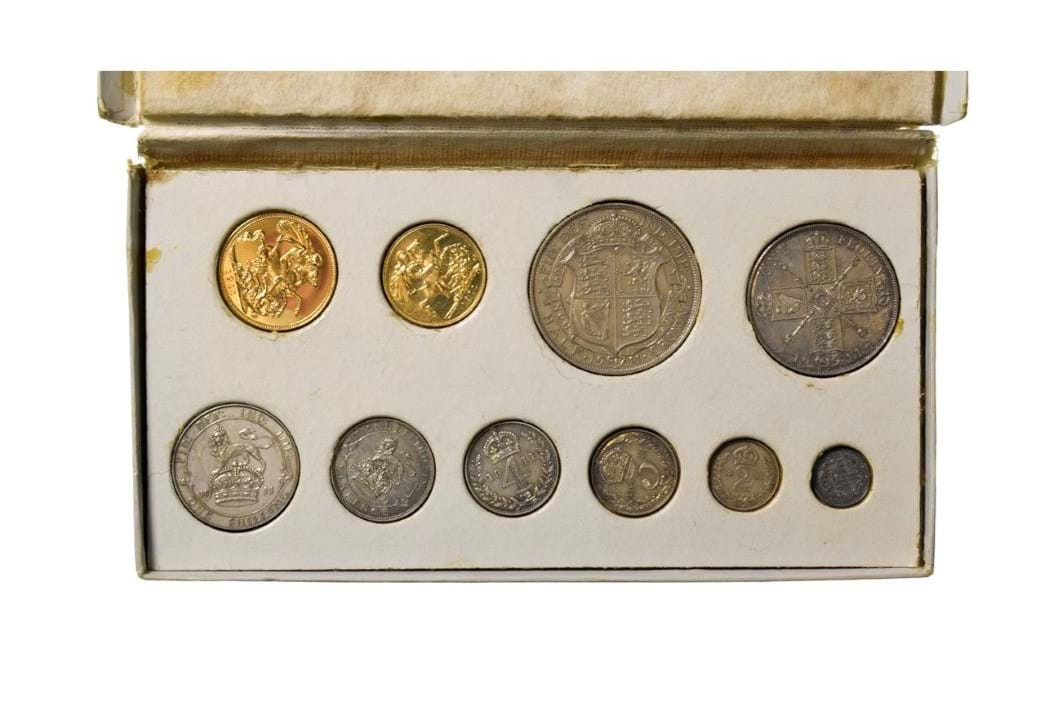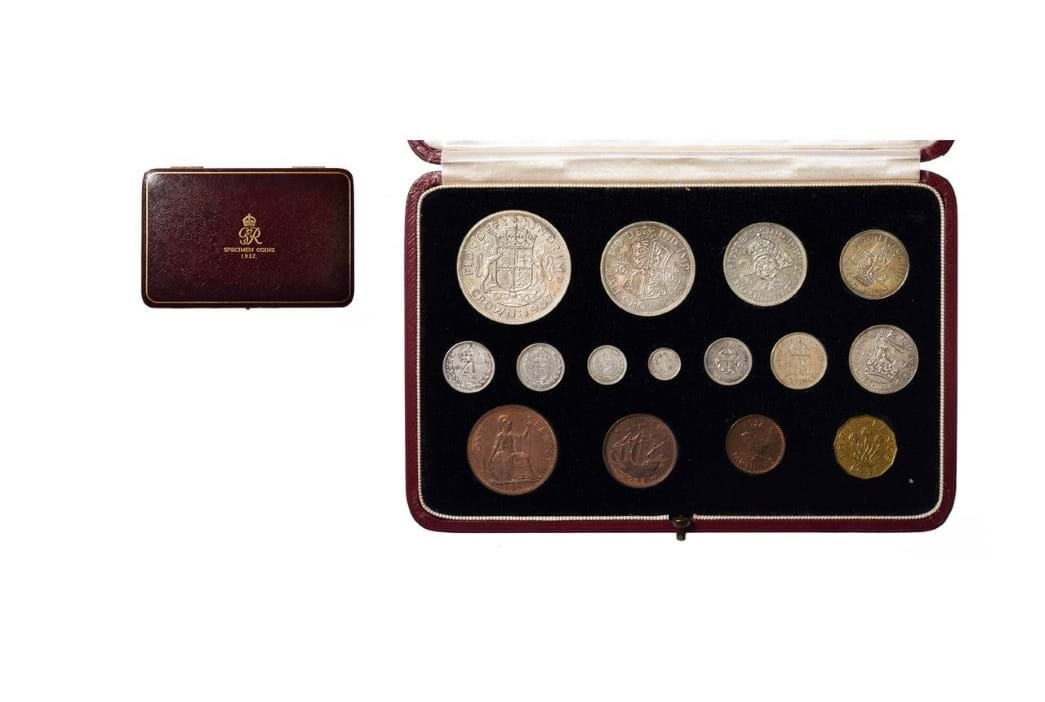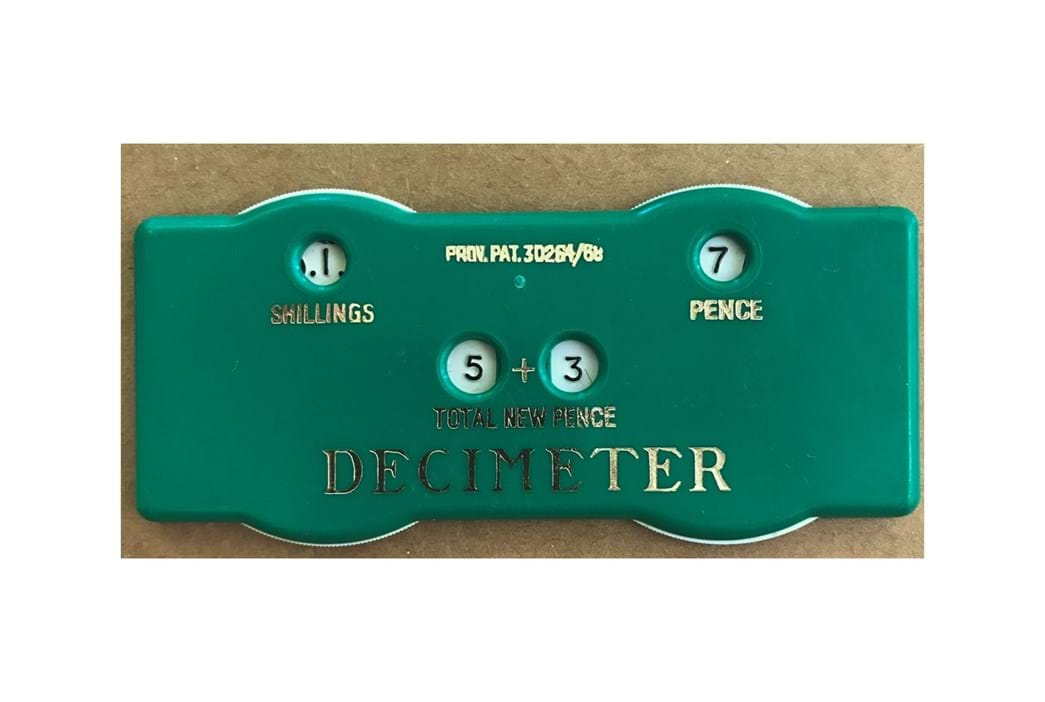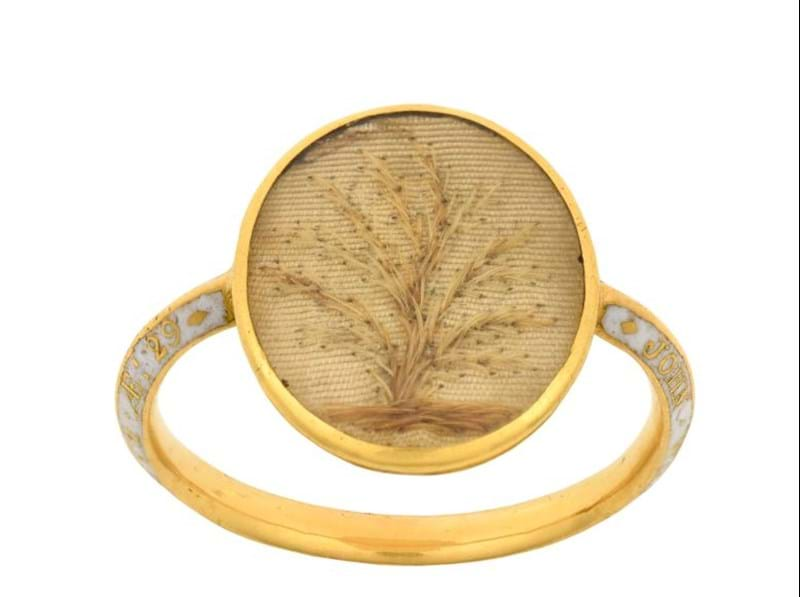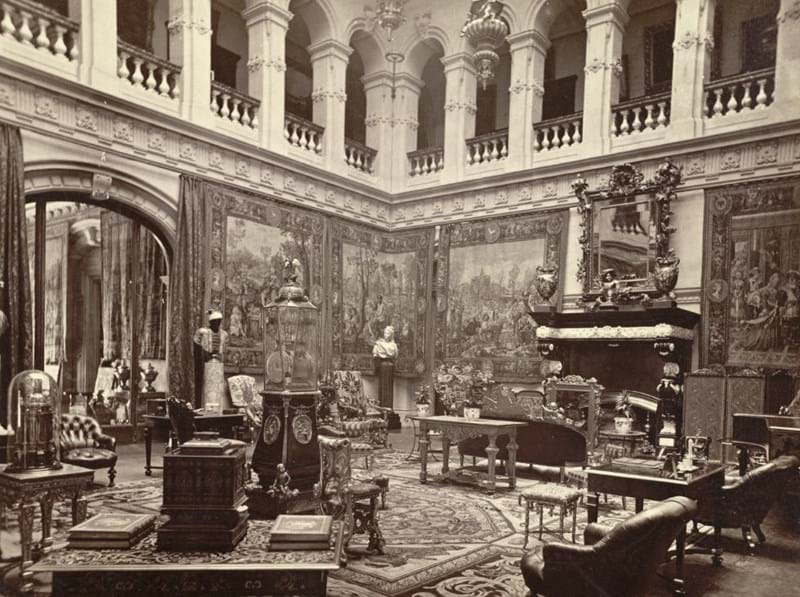Tennants first Coins, Tokens and Banknotes Sale of the year will be held on 17th February, and will offer an interesting mix of Victorian pennies, later milled gold and a comprehensive offering of Scottish bank notes.
Coincidentally, 15th February 2021 marks the 50th anniversary of Decimal Day when the UK officially switched to a decimal currency system.
The journey to decimalisation had been a long one. The idea of creating a simpler system had been debated for centuries, with mathematicians arguing for a decimal currency as early as the 16th century. In 1696 Sir Christopher Wren proposed his own idea for new coinage based on a silver noble that divided into ten primes and 100 seconds which in is own words ‘will be very proper for Accounts’.
In the middle of the 19th century, the need for a decimal system was debated once more in Parliament, championed by Sir John Bowring MP. Despite decimalisation being adopted across Europe and the Americas, it was rejected in the UK although one new decimal coin – the florin – was introduced in 1848. There were ten florins to the pound. Sticking with tradition, the UK persisted with the old system throughout the first half of the 20th century. By 1960 most of the Commonwealth was operating on a decimal system, and the issue returned to the attention of Parliament and proceedings began in 1961 to decide how to make the transition.
In 1966 it was announced that a new system of decimal currency would be adopted by the UK. There would be 100 units in the pound, and after discussing several possible names for the new units including cents and dollars, it was decided to stick with the traditional pence.
Five new coins, similar in size to the old currency were planned. Six billion coins were needed, and a new Royal Mint site was opened in South Wales to cope with the challenge.
The changeover began in 1968, with the first new coins issued – the 5p and 10p – which would be ‘twins’ for the shilling and florin. For a time, old and new coinage circulated together, with shops accepting the old currency, and issuing change in the new. The new 50p coin, the world’s first seven-sided coin was introduced in 1969, replacing the 10-shilling note.
Widespread publicity and information campaigns were run, to make sure everyone knew how the new system would operate. To help the switch, new devices were made to help conversions, such as the simple Decimeter pictured here. The new system was officially adopted on 15th February 1971, at which time the remaining ‘new’ coins, the three ‘coppers’, were the only coins left to introduce.
Small iterations were made in the following decades, with the 6d coin taken out of circulation in 1980, the 20p introduced in 1982, the £1 coin replaced the note in 1983 and the 1/2p removed in 1984.
From 1992, for the first time since Medieval times, every coin in circulation in the UK carried the head of the reigning Monarch.
Interesting lots of pre-decimal coinage in the sale include a George V 1911 Coronation ‘Short’ 10-coin proof set, comprising sovereign, half-sovereign, half-crown, florin, shilling, sixpence and maundy fourpence, threepence, twopence and penny. This represents an interesting set as most collectors would purchase the red leather ‘deluxe’ case, as opposed to the Royal Mint stock box present in this lot (estimate: £2,500-3,000 plus buyer’s premium). Also of interest is a George VI 1937 15-coin proof set, offered in its original red leatherette Royal Mint display box (estimate: £250-300).
View Sale


